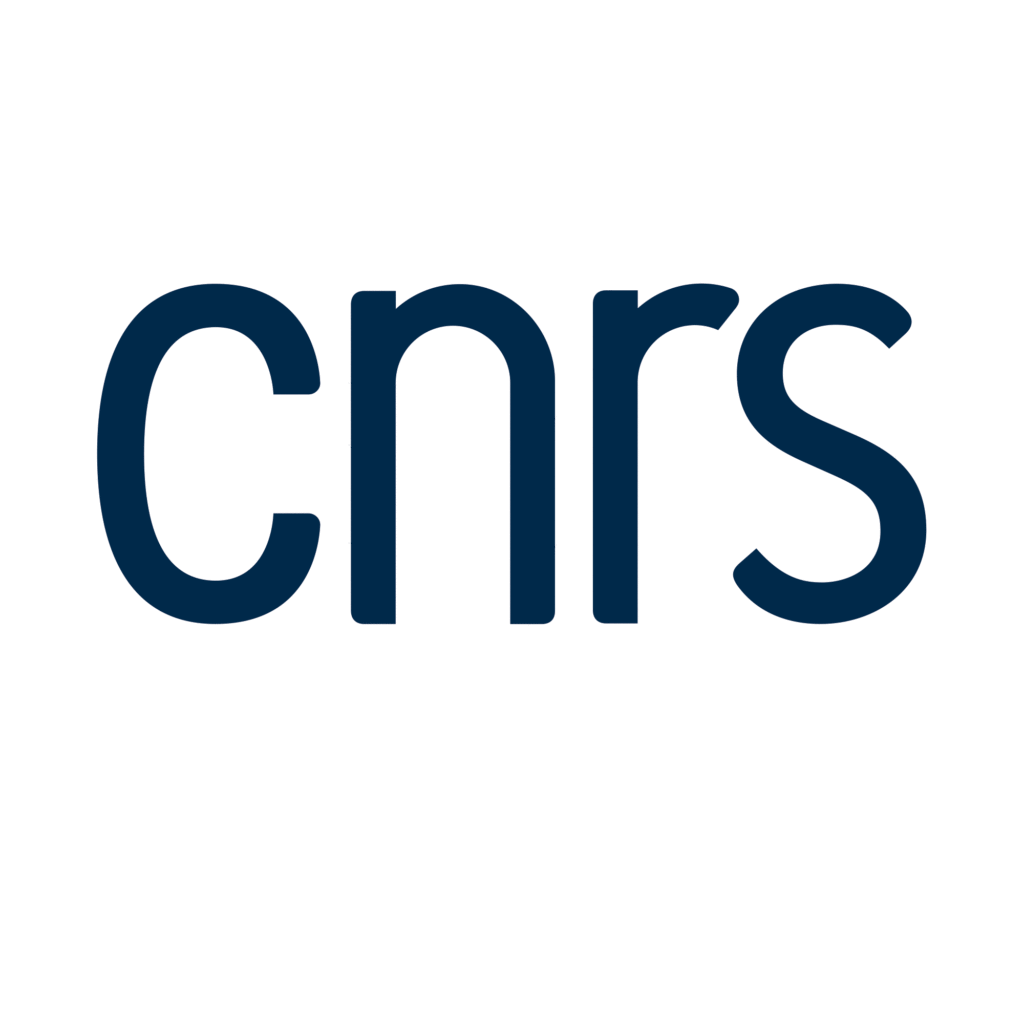Céline Riera, talented neurobiologist in Los Angeles

Passionate about discoveries related to the neural circuits regulating metabolic balance in the context of obesity, diabetes, and the process of aging, her research projects often receive awards and recognition. She explains, “we have demonstrated that certain neurons in the brain and nervous system have the ability to influence how the body uses energy, this being the way in which it burns fat and allows the metabolism to function. In particular, we find that certain neurons involved in the perception of the environment are also able to modulate the internal metabolic process.” These are the fascinating mechanisms that this researcher has investigated since 2016 within her own laboratory, one that she has endowed with a mission: that of discovering new target genes playing a fundamental role in the instances of diabetes and obesity, and to design preclinical strategies to improve the metabolic functioning in the murine models (signifying the mouse or the rat in scientific language) of disease.
In addition to the fundamental research that is carried out, Céline Riera is also keen to develop the potential applications. “Recently, I was fascinated by the link between the metabolic disorders and the neurodegenerative illnesses such as Parkinson’s Disease.” The proximity of the research laboratories to the hospital services seems like a perfect opportunity for exchanges and creative opportunities. She explains, “with my clinician colleagues, we have seen a very strong link in patients between insulin resistance (traditionally present in the case of obesity linked to diabetes) and the progression of Parkinson’s disease. We have created an animal model to study this phenomenon, and to our surprise, we have observed that the mice are already metabolically deficient – with insulin resistance – well before developing the disease. This demonstrates that insulin resistance constitutes a risk factor for this neurodegenerative disorder.” Thanks to this collaboration, the researcher and her colleagues were able to highlight a group of neurons that would be the cause of Parkinson’s disease. These are essential discoveries to better understand the disease, the treatments of which improve the quality of life of patients without, however, stopping the evolution of the disease.
This research requires constantly evolving methods and other high-level tools. Among the latter, Céline Riera’s team develops chemogenetic strategies to remotely control neural activity. “One of the tools that we frequently use is called DREADDS (Designer Drug Exclusively Activated by Designer Receptor), that allows us to very precisely target a population of neurons in the brain, to stimulate them or to inhibit them with the help of a molecule. This tool is an incredible resource for our Parkinson’s Disease project.”

From a decisive reading to publications in the prestigious journals Cell and Cell Metabolism
Originally from the South of France, Céline Riera obtained her master’s degree at the Institut National des Sciences Appliquées (INSA) in Rouen, before going to Lausanne, Switzerland to do her thesis at the École Polytechnique Fédérale. During these years, she mainly studied the physiology of taste and sensory perception, focusing on the receptors present in the taste buds and the sensory nerves present in the mouth. Her journey took her to the United States after reading an intriguing scientific article. She recalls that memory vividly: “One day, in 2007, an article in Science caught my attention. It showed that the same sensory neurons I was studying could also dictate longevity in Drosophila – because they were important to the nutritional choices of this insect. That’s how I set out for the United States: to study this new idea with one of the best labs working on aging at the time – the Dillin Lab (at the time located at the Salk Institute in San Diego). There, we demonstrated the importance of sensory neurons in the metabolism and aging of mice, and this work led to several publications in the prestigious scientific journals Cell and Cell Metabolism” says Céline Riera, who began this American adventure in 2010. She then opened her own laboratory in October 2016 at Cedars Sinai, while being affiliated with the University of California Los Angeles (UCLA). This career in the United States was a total surprise for her family, “Nothing predestined me for it! “she exclaims. As for her career as a researcher in California, she was particularly attracted by the access to numerous philanthropic funds. These make it possible to manage larger budgets and increase the impact of the research carried out. In addition, she pointed out that the exchange programs between France and the United States (including the Châteaubriand program, Fadex, and Thomas Jefferson Fund programs, managed by the Office for Science and Technology of the French Embassy in the United States) would benefit from being better known and more easily understandable. According to her, American researchers are ready to go to France “but don’t necessarily know which door to knock on, especially because of the language barrier”. Resources for such exchange programs are listed at the end of the article.
Women’s careers strewn with pitfalls, solutions exist
The figures make one’s head spin: according to UNESCO measurements, only 28% of researchers are women. This rate varies from one science to another, from one department to another. Céline Riera, for example, notes that she is one of the few women in her department at Cedars-Sinai. However, her optimism is still alive, as she says, “We are trying to recruit several women for next year in neuroscience”. “One of the difficulties in this career is the lack of support for female researchers who have children,” she adds. She takes the time to explain and to imagine different and modern models: “I think there’s still a long way to go to allow women to take a break in their careers when they have a baby. It should be possible to encourage women to stay in the world of research by, for example, putting in place additional funding, proposed by the government or private foundations, only available when you take maternity leave and for young mothers; this would be a great step towards a more equal system. This would allow women not to be penalized by the birth of their children. I think that we will get there, but to achieve that we need more women in leadership roles.”
Women in leadership roles… Women as role models… Thereon, Céline Riera spontaneously mentionned Dr. Anne Brunet, Professor at Stanford University. A French woman, extremely dynamic and renowned in her field, she has greatly encouraged her to set up her own laboratory. When she refers to her, it is with reverence: “in a rather masculine universe, seeing this incredible woman who has managed to settle down in the USA was an eye-opener!”.
Finally, because it is always interesting to look beyond one’s own borders, Céline Riera observes that in the USA, many high school students do summer research internships. “I find this system very relevant because it allows young people to become familiar with research and to think about their future. It is also a pleasure for us to welcome them and explain our work to them.”
More information
Céline Riera’s profile: https://bio.csmc.edu/view/23543/Celine-Riera.aspx
Riera Lab: https://www.cedars-sinai.org/research/labs/riera.html
About Châteaubriand program: https://www.france-science.org/-Programme-Chateaubriand,91-.html
About mobility programs from the Office for Science and Technology: https://www.france-science.org/USA-France-Exchange-Programs.html
Photo Credit: ©CSMC
Interview by Maëlys Renaud – Deputy Attaché for Science & Technology







